Industrial boilers are complex systems with numerous components—burners, pumps, valves, gauges, refractory, tubes, control modules, and more—all subject to wear and eventual failure. When a part fails, fast replacement is essential to avoid costly downtime, safety issues, or production losses. Knowing how to obtain spare parts efficiently—and understanding expected lead times—helps ensure operational continuity and proper maintenance planning.
To obtain spare parts for an industrial boiler, you should contact the original equipment manufacturer (OEM), authorized distributor, or certified third-party supplier. Most suppliers provide spare parts catalogs or customized BOMs for your specific boiler model. Common parts (e.g., gaskets, thermocouples, nozzles) are often stocked with delivery in 2–5 days. Specialized parts (e.g., control panels, burner assemblies, pressure vessel components) may require custom fabrication or importation, with lead times ranging from 2–10 weeks depending on origin, material, and complexity.
Here’s what you need to know for efficient boiler spare parts procurement.
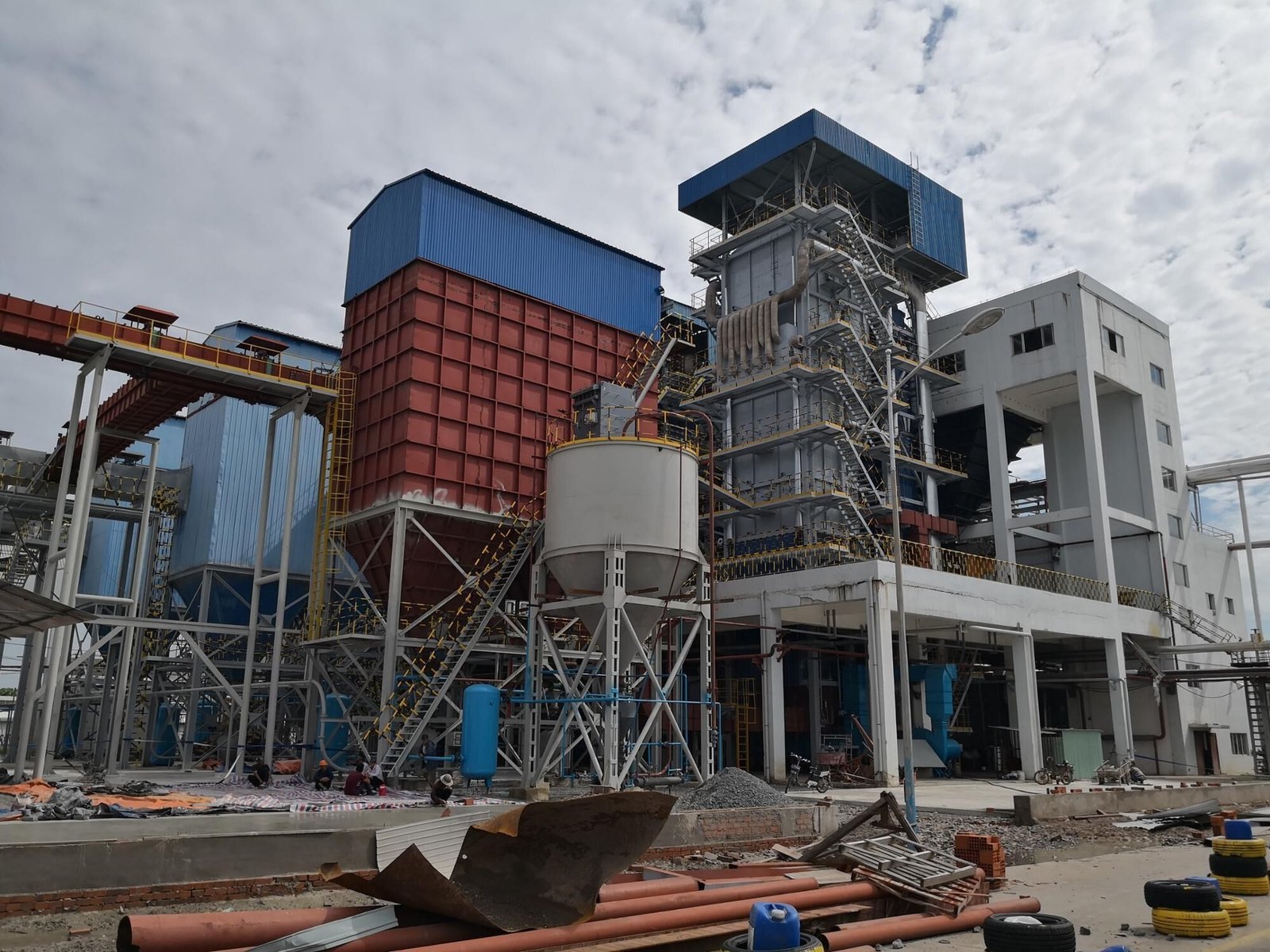
Where Can You Source Genuine Spare Parts for Your Industrial Boiler System?
When your industrial boiler system goes down, fast access to the right spare parts is critical. But not all parts are created equal—using low-quality or fake components can lead to repeated failures, warranty voids, or even dangerous accidents. That’s why it’s essential to source genuine OEM-approved spare parts from trusted channels. In this article, we’ll show you where to get reliable boiler parts and how to ensure they meet quality and safety standards.
You can source genuine boiler spare parts directly from the boiler manufacturer (OEM), through authorized distributors, or certified service partners. These sources ensure part compatibility, warranty protection, and safe long-term operation. Avoid unverified third-party sellers to prevent quality and compliance risks.
Ordering the wrong or poor-quality part can cause more downtime and unexpected costs. With the right sourcing approach, you protect your system, your staff, and your budget.
Only genuine OEM parts ensure full compatibility and maintain boiler warranty coverage.True
Non-OEM parts may not meet original design specifications, which can cause performance issues and invalidate your warranty.
Trusted Sources for Genuine Boiler Spare Parts
| Source | Advantages |
|---|---|
| OEM (Original Equipment Manufacturer) | Guaranteed compatibility, full technical support, warranty-safe |
| Authorized Distributors | Local availability, trained support staff, quick delivery |
| Certified Service Providers | Professional installation, access to correct parts, diagnostics |
| Official Online Portals | 24/7 ordering, part numbers match OEM catalogs |
Examples of Common Spare Parts Available from Trusted Sources
| Part Type | Examples |
|---|---|
| Burners and Nozzles | Gas burners, oil injectors |
| Gaskets and Seals | Manway gaskets, flange seals |
| Sensors and Controls | Flame detectors, thermocouples |
| Valves and Actuators | Safety valves, feedwater control |
| Pumps and Motors | Feedwater pumps, combustion fans |
What to Avoid
Generic parts with no brand or serial number
Sellers without certifications or references
Used or refurbished parts with no warranty
Tip: Always match part numbers from your boiler’s manual and request a certificate of authenticity when ordering.
Final Word
Sourcing genuine spare parts is an investment in safety, efficiency, and reliability. It prevents rework, keeps warranties intact, and extends the life of your boiler.
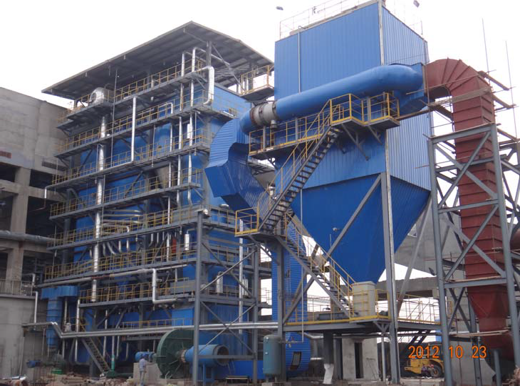
What Is the Difference Between OEM Parts and Third-Party Aftermarket Components?
When maintaining or repairing an industrial boiler, the choice between OEM parts and aftermarket components can directly affect safety, efficiency, and warranty coverage. While third-party parts might seem cheaper, they may introduce compatibility issues or hidden risks. Understanding the true differences helps you make smarter, long-term decisions for your boiler’s health and operational stability.
OEM (Original Equipment Manufacturer) parts are made by the boiler’s original maker and are designed to meet exact system specifications. Third-party aftermarket components are made by outside manufacturers and may vary in quality, fit, and performance. OEM parts ensure full compatibility and often preserve warranty coverage, while aftermarket parts can be less expensive but risk failure or voided warranties.
Choosing the wrong part may save upfront cost but can cost much more in system downtime or repairs later.
Using third-party aftermarket parts may void your industrial boiler’s warranty.True
Most OEMs require that only certified parts be used during the warranty period. Non-OEM parts can lead to denial of warranty claims if issues arise.
OEM vs. Aftermarket: Side-by-Side Comparison
| Feature | OEM Parts | Aftermarket Parts |
|---|---|---|
| Compatibility | Exact fit, guaranteed by the boiler maker | May require adjustments or not fit properly |
| Quality Control | High, tested to original specs | Varies by brand—some are low-grade |
| Warranty Protection | Maintains boiler warranty | May void OEM warranty terms |
| Documentation & Support | Comes with manuals and technical assistance | Often limited or none |
| Pricing | Higher upfront cost | Typically 20–40% cheaper |
| Lifespan & Performance | Optimized for system longevity | May wear faster or perform inconsistently |
| Availability | Through OEM or authorized partners | Wider availability online or in open market |
When to Choose OEM vs Aftermarket?
Choose OEM parts if:
Your boiler is under warranty
You want guaranteed performance and safety
You’re replacing critical parts like burners, controls, or sensors
Choose high-quality aftermarket parts only if:
Warranty has expired
You’ve verified compatibility and brand reputation
You’re dealing with non-critical components (like generic gaskets)
Tip: Always compare material specs, tolerances, and documentation before using third-party parts.
Final Word
OEM parts offer peace of mind, long-term reliability, and full system protection. While third-party components may lower costs upfront, they carry risks that can lead to greater expenses later.
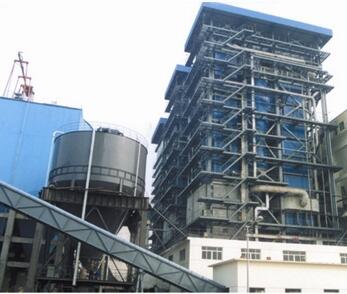
What Boiler Parts Are Typically In-Stock vs. Made-to-Order Items?
When your industrial boiler needs a replacement part, time is critical. But not all parts are readily available. Some can be shipped the same day, while others require manufacturing lead time. Understanding which boiler parts are typically in-stock and which are made-to-order helps you plan smarter maintenance, reduce downtime, and avoid emergency repair delays.
In-stock boiler parts include high-use items like gaskets, sensors, valves, and burners. Made-to-order parts include large pressure vessels, custom heat exchangers, control panels, and legacy system components. Planning ahead for long-lead items is key to minimizing downtime.
Knowing what’s readily available vs. what needs lead time allows your team to manage inventory more effectively and respond faster during outages.
Most critical boiler components are not immediately available and may require custom fabrication.True
Large or system-specific parts like pressure vessels, economizers, or burner assemblies often require custom manufacturing based on boiler model and specifications.
In-Stock vs. Made-to-Order Boiler Parts
| Category | Typically In-Stock | Typically Made-to-Order |
|---|---|---|
| Seals & Gaskets | Manway gaskets, flange seals, handhole covers | Non-standard gasket sizes for legacy or custom boilers |
| Valves | Safety valves, feedwater valves, blowdown valves | Oversized valves, custom trim valves |
| Burner Parts | Ignition electrodes, fuel nozzles, flame rods | Full burner assemblies for large or unique systems |
| Sensors & Controls | Thermocouples, pressure sensors, flame detectors | Custom PLC panels, control racks |
| Electrical Components | Relays, fuses, switches, actuators | Integrated control cabinets or OEM logic boards |
| Heat Transfer Units | — | Economizers, superheaters, boiler tubes |
| Structural Components | — | Shells, doors, tube sheets, custom refractory panels |
Lead Time for Made-to-Order Parts (Estimates)
| Component Type | Typical Lead Time |
|---|---|
| Custom burners | 2–6 weeks |
| Control panels | 3–8 weeks |
| Pressure vessel sections | 6–12 weeks |
| Custom tube bundles | 4–10 weeks |
| Special-order valves | 3–6 weeks |
How to Avoid Delays
Keep in-stock items on-site as part of a preventive maintenance program
Identify long-lead parts in advance and create a strategic spare parts plan
Work with an authorized supplier who can fast-track critical custom components
Tip: Ask your boiler OEM or service partner for a spare parts forecast based on your model and service history.
Final Word
Some parts can be replaced the same day—others may take months. Understanding this difference is critical for plant reliability.
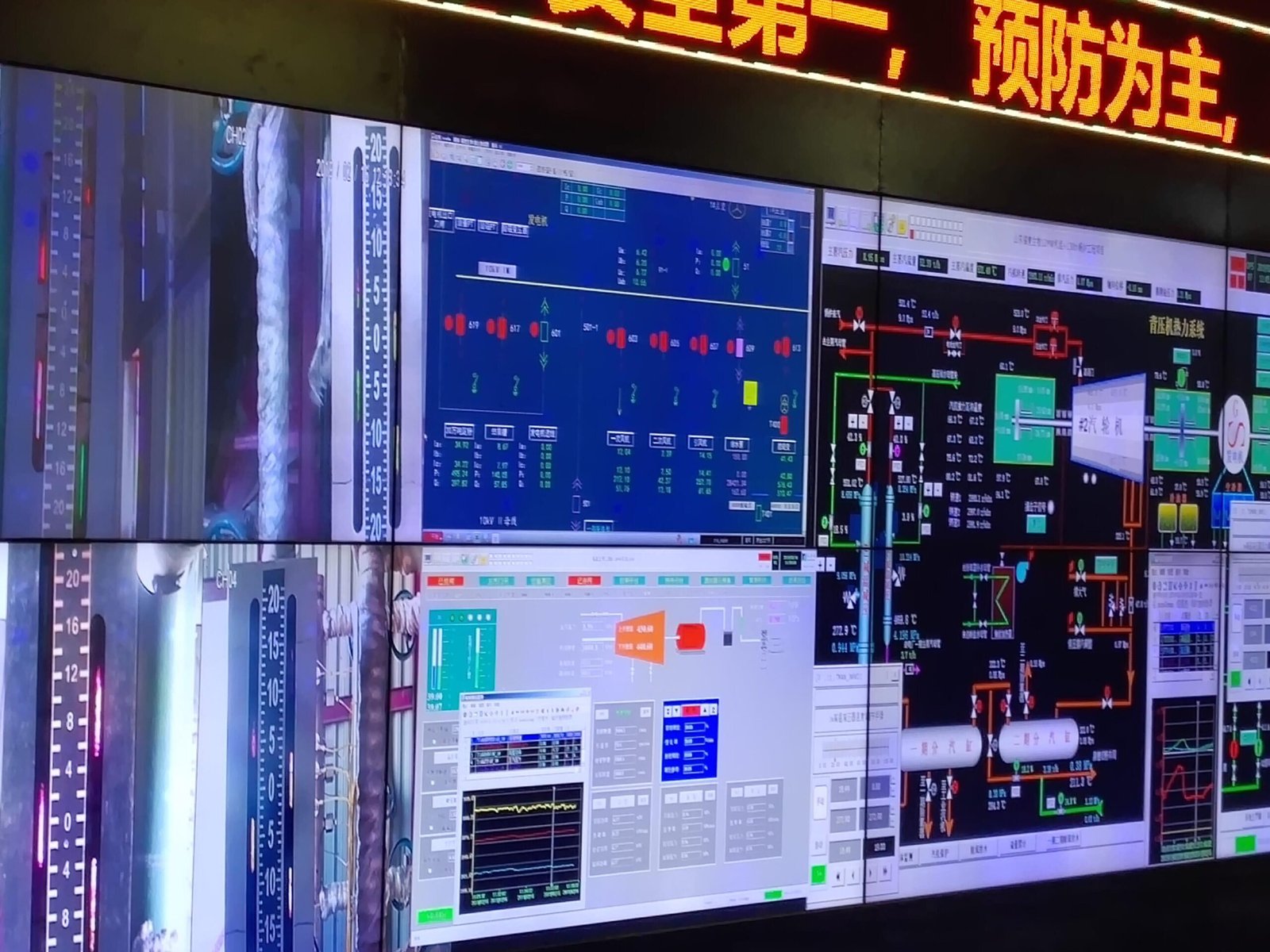
What Are the Average Delivery Times for Common and Critical Boiler Components?
When your boiler system needs a part—especially during an emergency—delivery time matters. Some components are easy to get within a day or two, while others may take weeks depending on availability, customization, or shipping logistics. Knowing the average delivery times for both common and critical boiler components helps your team plan smarter maintenance, avoid delays, and reduce costly downtime.
Common boiler parts like gaskets, sensors, valves, and burners usually ship within 1–5 business days. Critical or customized components—such as control panels, burner assemblies, or pressure vessels—can take 3–12 weeks. Delivery time depends on stock status, supplier location, and part complexity.
Planning ahead is the best way to avoid production losses when unexpected failures happen.
Critical boiler parts can take several weeks to deliver if not kept in stock.True
Large or custom components often require fabrication, testing, and shipping from the manufacturer, which can take weeks.
Average Delivery Times by Part Type
| Component | Category | Average Delivery Time |
|---|---|---|
| Gaskets & Seals | Common | 1–3 business days |
| Pressure/Temp Sensors | Common | 2–4 business days |
| Safety Valves | Common | 3–5 business days |
| Fuel Nozzles & Electrodes | Common | 1–3 business days |
| Flame Detectors & Rods | Common | 2–4 business days |
| Burner Assemblies (standard) | Critical | 2–4 weeks |
| Control Panels (custom/OEM) | Critical | 4–8 weeks |
| Feedwater Pumps (standard) | Semi-critical | 1–2 weeks |
| Combustion Blowers or Fans | Semi-critical | 2–3 weeks |
| Tube Bundles / Economizers | Critical/Custom | 6–12 weeks |
| Boiler Shell or Drum Sections | Critical/Custom | 8–14 weeks |
Factors That Affect Delivery Time
Stock availability (in OEM warehouse vs. made-to-order)
Shipping method (standard freight vs. express delivery)
Location of supplier (local distributor vs. overseas OEM)
Regulatory certifications (e.g., ASME stamped parts require testing and documentation)
Holiday or seasonal backlogs (end-of-year often sees delays)
Tip: Build a spare parts inventory for 24–48 hour replacements and get lead time estimates from your supplier for long-lead items.
Final Word
Delivery times vary widely depending on the part. Keeping common items on-site and knowing lead times for critical ones keeps your boiler operation safe, efficient, and prepared.
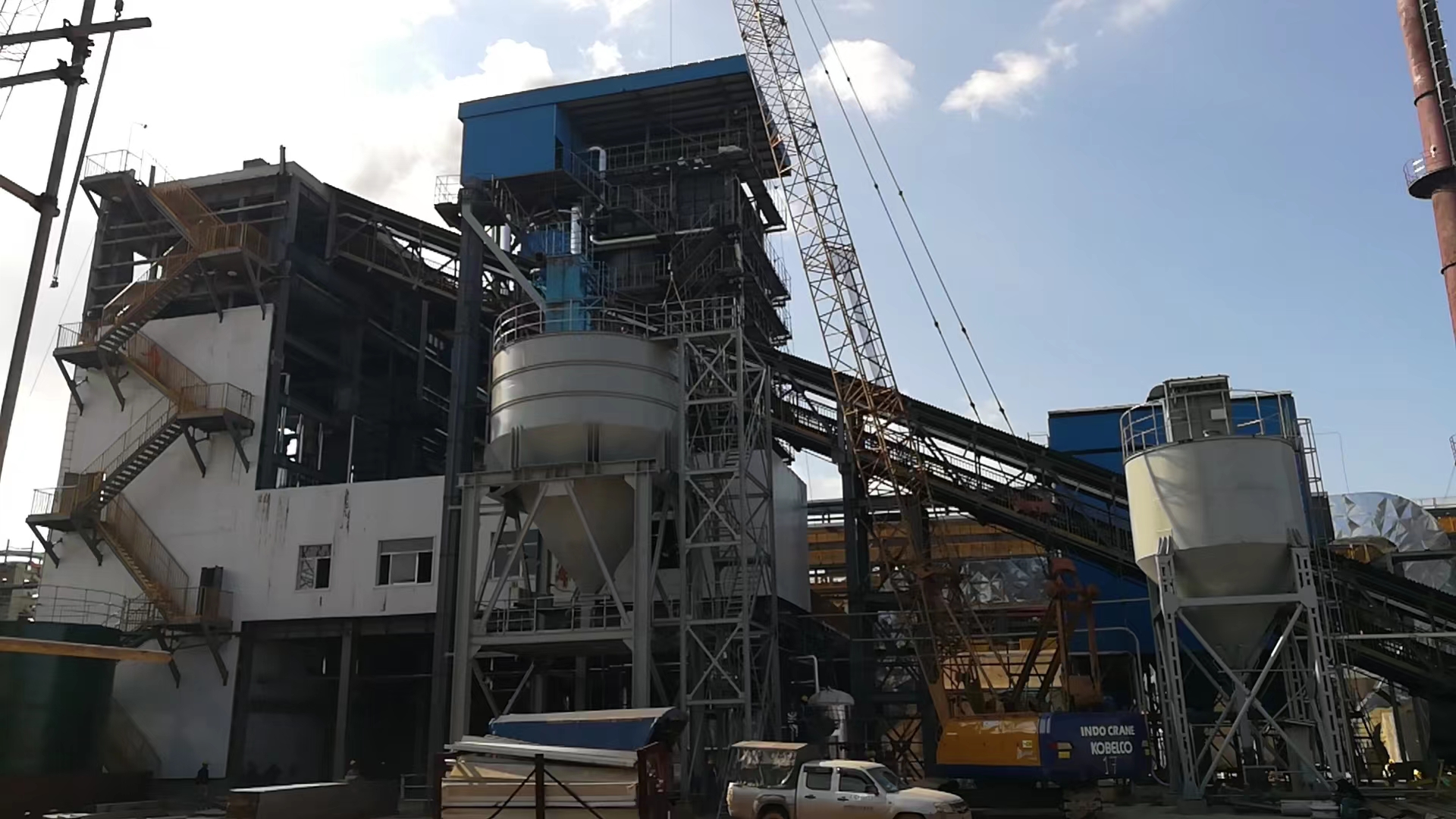
How Can You Build an On-Site Spare Parts Inventory for Emergency Preparedness?
When a boiler fails unexpectedly, even a small missing part can cause hours—or days—of downtime. Waiting on deliveries, especially for critical components, can cripple production and increase operating costs. That’s why having an on-site spare parts inventory is one of the smartest investments a facility can make. A well-planned inventory ensures you’re ready for emergencies and can respond immediately to system failures, without delay.
To build an effective on-site boiler spare parts inventory, identify critical components, categorize parts by failure risk and delivery time, maintain stock records, and set reorder points. Prioritize high-use and long-lead-time items, and organize them in a clean, accessible storage area.
This simple strategy can drastically reduce downtime, repair costs, and production risks when problems strike.
A well-managed on-site spare parts inventory significantly reduces boiler downtime during emergencies.True
Storing essential components on-site eliminates wait times for delivery and enables immediate repairs when failures occur.
Step-by-Step Guide to Building a Boiler Spare Parts Inventory
| Step | Action |
|---|---|
| 1. Identify Critical Components | List all parts essential for operation (e.g., sensors, valves, gaskets) |
| 2. Classify by Priority | Group parts by frequency of failure and lead time (A, B, C levels) |
| 3. Use Manufacturer Recommendations | Refer to OEM spare parts lists for your specific boiler model |
| 4. Track Usage History | Review past breakdowns and maintenance logs to determine high-use parts |
| 5. Set Stock Levels & Reorder Points | Decide how many units of each part to keep and when to reorder |
| 6. Organize Storage Area | Label bins and shelves clearly; keep parts dry, clean, and secure |
| 7. Digital Inventory Tracking | Use software or spreadsheets to monitor stock, expiration, and serial numbers |
| 8. Review Quarterly | Reassess needs based on maintenance trends and update inventory levels |
Sample Critical Parts to Keep On-Site
| Component Type | Recommended Stock Level | Reason |
|---|---|---|
| Gaskets & Seals | 5–10 units | Commonly replaced during maintenance |
| Flame Detectors & Rods | 2–4 units | Prone to wear and must be replaced fast |
| Ignition Electrodes | 2–3 units | Failure leads to burner shutdown |
| Thermocouples/Sensors | 3–5 units | Key to system control |
| Safety Valves | 1–2 spare per model | Mandatory for pressure safety compliance |
| Fuel Nozzles | 4–6 units | Affected by dirt, heat, and corrosion |
| Actuators/Relays | 1–2 per control panel | Electrical faults can halt boiler quickly |
Tips for Effective Spare Parts Management
Label each part with the boiler model, part number, and replacement instructions
Conduct mock emergency drills to test inventory readiness
Keep high-value parts in locked, access-controlled cabinets
Consider consignment inventory agreements with OEMs or service partners
Final Word
A smart spare parts inventory is like insurance—low cost compared to the damage it prevents. With the right items on hand, your team can respond instantly to emergencies, keeping your boiler—and your business—up and running.
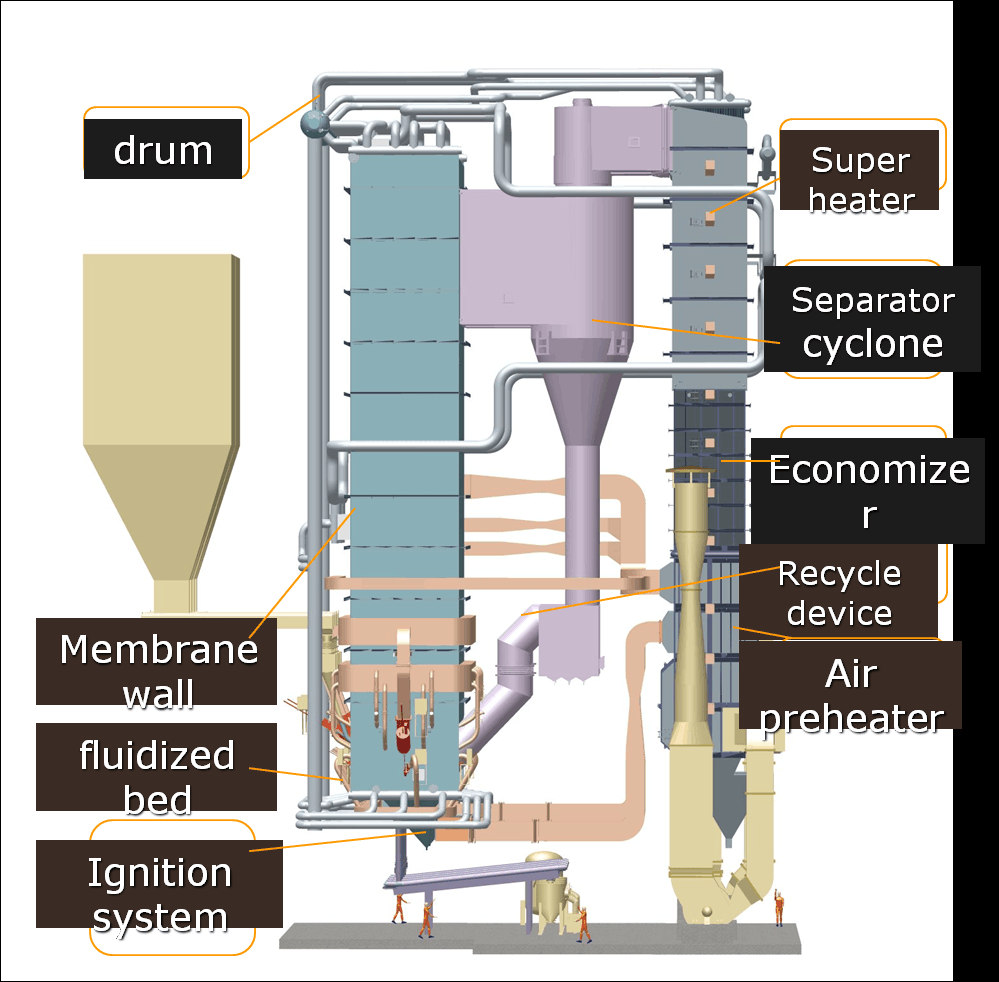
What Information Should You Provide When Ordering Spare Parts to Avoid Delays?
Ordering the wrong boiler part—or not giving enough details—can cause frustrating delays, especially during emergency repairs. Suppliers often need specific data to match parts precisely. Missing or incorrect information can lead to wrong shipments, extended downtime, or even damage to your system. To make sure you get the right part the first time, it’s important to provide all necessary details when placing your order.
When ordering boiler spare parts, always include: (1) boiler model and serial number, (2) part name and number, (3) quantity needed, (4) installation location or system reference, and (5) any urgency or delivery preferences. This ensures fast and accurate order processing without delays.
A complete and clear request saves time, reduces mistakes, and helps your supplier deliver exactly what you need.
Providing detailed boiler and part information speeds up spare parts delivery.True
Accurate information allows suppliers to match parts correctly and ship them faster, especially during urgent situations.
Key Information to Include When Ordering Boiler Parts
| Information Type | Details to Provide |
|---|---|
| Boiler Identification | Boiler brand, model number, and serial number |
| Part Name & Description | Exact name (e.g., flame detector, safety valve) and where it’s used |
| Part Number (if known) | OEM part number or catalog reference |
| Quantity Required | Number of units needed for repair or inventory |
| System Reference | Location in the system (e.g., burner assembly, water line) |
| Urgency Level | Emergency, standard, or scheduled replacement |
| Delivery Address & Contact | Full shipping details and point of contact for coordination |
| Special Notes | Any previous modifications, installation notes, or handling needs |
Example of a Clear Spare Parts Request
“We need 3 ignition electrodes for a Cleaver-Brooks CB-700-100 boiler, serial number CB-193845-09. OEM part number: 89467-A. Located in the main burner chamber. Urgent delivery to Plant A, Receiving Dept. Please confirm stock availability and lead time.”
Tip: Keep a standardized spare parts request form or template on file for fast, consistent communication.
Final Word
The more precise your request, the faster you’ll get the right part. Don’t leave anything out—even small details help avoid big delays.
🔍 Conclusion
Timely access to spare parts is critical for the safe and efficient operation of any industrial boiler. By working with reliable OEMs or certified suppliers, keeping a recommended inventory on-site, and planning for typical lead times, you can significantly reduce unplanned downtime and maintenance disruptions.
📞 Contact Us
💡 Need help sourcing spare parts or building a parts inventory plan? We offer spare parts sourcing, lead time analysis, and emergency support services for industrial boilers of all types.
🔹 Let us help you stay prepared—with the right parts, right when you need them. 🔧📦🕒✅
FAQ
How can I find reliable suppliers for industrial boiler spare parts?
You can find reliable suppliers by checking the original equipment manufacturer (OEM) network or their authorized distributors. Also, explore industrial directories like ThomasNet, platforms like Alibaba, or regional HVAC supply specialists. Look for providers that offer certified parts, technical support, and fast shipping. A good supplier will have a track record, clear return policy, and compatibility guarantees for your specific boiler model.
What is the typical delivery time for industrial boiler spare parts?
Delivery times depend on part availability, origin, and urgency:
In-stock local parts: 2–5 business days
Special-order or international parts: 2–6 weeks
Expedited emergency shipments: 24–72 hours (with premium fees)
Maintaining an on-site critical parts inventory helps avoid long wait times during breakdowns.
What factors affect the lead time for boiler spare parts?
Key factors include:
Stock levels (local vs. overseas inventory)
Custom fabrication requirements
Shipping method (air, sea, or express courier)
Customs clearance delays for international orders
Supplier processing speed and logistics efficiency
Faster lead times can be secured through service agreements with boiler manufacturers or distributors.
Can I request expedited shipping for urgent boiler components?
Yes. Most professional suppliers offer rush orders, often shipped via overnight courier or same-day freight. You should confirm availability before ordering, as some specialized parts may still require manufacturing time. Emergency delivery services are especially useful for minimizing costly plant shutdowns.
How can I minimize downtime when waiting for boiler spare parts?
To reduce downtime:
Keep critical spare parts in inventory (e.g., gaskets, sensors, pumps)
Establish a preferred supplier list with fast response times
Conduct preventive maintenance to predict failures
Invest in digital monitoring tools for early detection
Sign service contracts that include priority spare part access
Strategic planning saves time, money, and avoids operational risks during urgent repairs.
References
Cleaver-Brooks Parts & Service – https://www.cleaverbrooks.com
Powerhouse Boiler Equipment – Parts & Rentals – https://www.powerhouse.com
Spirax Sarco Boiler Solutions – https://www.spiraxsarco.com
Nationwide Boiler Inc. – https://www.nationwideboiler.com
Hurst Boiler & Welding Company – https://www.hurstboiler.com
ThomasNet Industrial Parts Directory – https://www.thomasnet.com
Alibaba Industrial Boiler Parts – https://www.alibaba.com
Indeck Power Equipment Company – https://www.indeck.com
McMaster-Carr Boiler Components – https://www.mcmaster.com
BioEnergy Consult – Boiler Maintenance Tips – https://www.bioenergyconsult.com

Andy Zhao

